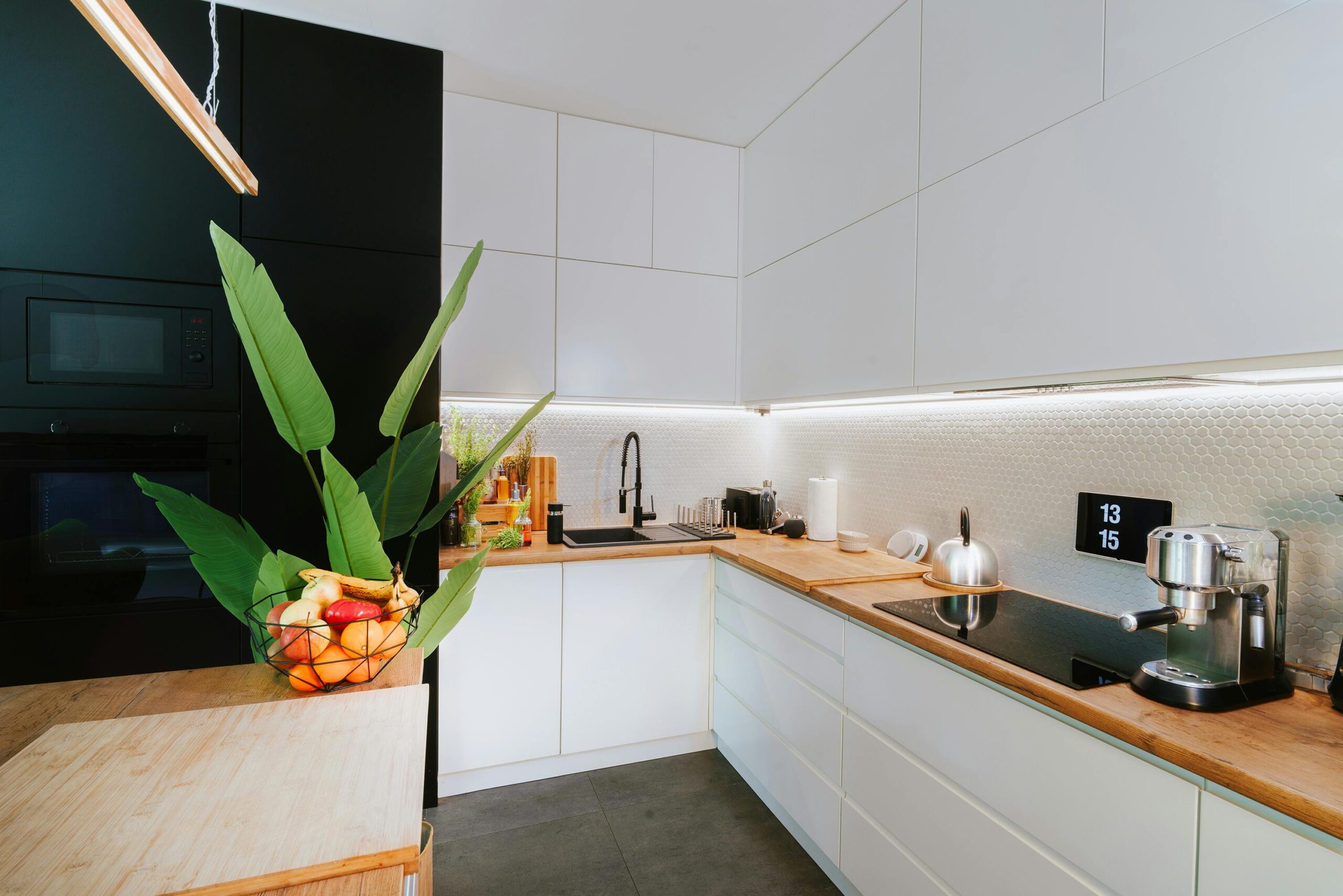When your home starts reading your mind
Imagine walking into your living room after a stressful day, and before you even sit down, the space begins to transform. The walls shift to calming earth tones, the lighting dims to match your cortisol levels, and soft ambient sounds emerge from hidden speakers. This isn’t science fiction – it’s psycho-adaptive luxury design, the revolutionary approach transforming high-end interiors in 2025.
Traditional smart homes respond to commands, but they can’t truly understand your emotional needs. You’re still manually adjusting thermostats, switching lighting scenes, and hoping your environment supports your well-being. The problem? Your home remains emotionally static while you’re dynamically human, experiencing dozens of mood shifts throughout each day.
Psycho-adaptive luxury changes everything. By integrating biometric sensors, AI-powered environmental controls, and responsive design elements, these revolutionary systems create living spaces that intuitively adapt to your psychological and physiological states in real-time.
The science behind spaces that feel your emotions
Psycho-adaptive design operates on the principle that our physical environment profoundly impacts our mental state, and vice versa. Recent neurological research from Stanford University reveals that environmental factors can alter brain chemistry within minutes, affecting everything from creativity to stress hormones.
The technology behind these systems combines multiple biometric inputs: heart rate variability monitors embedded in furniture, thermal imaging sensors that detect stress patterns through skin temperature, and even advanced air quality sensors that measure stress-related chemical emissions. These data streams feed into sophisticated algorithms that translate your biological signals into environmental adjustments.

This Photo was taken by Jakub Zerdzicki.
Unlike traditional AI-powered adaptive interior design, psycho-adaptive systems don’t wait for commands. They continuously monitor your emotional state through discrete biometric sensors and respond preemptively. When the system detects elevated stress indicators, it might gradually shift the room’s color temperature toward warmer tones, increase negative ion concentration in the air, or subtly adjust acoustic properties to promote relaxation.
| Biometric Input | Response Time | Environmental Adjustment | Wellness Impact |
|---|---|---|---|
| Heart Rate Variability | 30 seconds | Lighting intensity and color temperature | Stress reduction up to 23% |
| Skin Temperature | 45 seconds | HVAC micro-climate zones | Comfort improvement 18% |
| Breathing Patterns | 60 seconds | Air circulation and scent diffusion | Relaxation response 31% |
| Movement Analysis | Real-time | Spatial lighting and furniture positioning | Productivity boost 15% |
Revolutionary biometric integration transforms luxury living
The most sophisticated psycho-adaptive systems integrate seamlessly into luxury interior elements. Pressure-sensitive smart fabrics woven into Italian leather seating detect subtle changes in muscle tension. Crystalline sensors embedded within natural stone surfaces monitor galvanic skin response as you move through the space.
These biometric living systems extend beyond simple monitoring. Advanced installations incorporate brain-computer interface design elements that can detect neural activity patterns associated with different emotional states. The technology, developed by companies like Neurable and Emotiv, allows spaces to respond to your thoughts and feelings with unprecedented precision.
The integration process requires careful collaboration between interior designers, technology specialists, and wellness experts. Each biometric sensor must be strategically positioned to gather accurate data while remaining completely invisible within the design aesthetic. This often involves custom millwork, specialized furniture construction, and advanced material engineering.
Core biometric technologies reshaping luxury interiors
Heart rate variability sensors now integrate into high-end furniture through conductive threads woven into upholstery fabrics. These threads, invisible to the naked eye, create a network capable of detecting cardiovascular patterns that indicate stress, relaxation, or excitement states. When combined with micro-environmental control systems, this data enables precise atmospheric adjustments.
Thermal imaging arrays positioned strategically around rooms create detailed heat maps of occupant stress patterns. These systems, borrowed from medical monitoring technology, can detect the subtle temperature fluctuations that accompany different emotional states. The data feeds directly into HVAC systems capable of creating personalized climate zones within single rooms.

This Photo was taken by Adrian Regeci.
Chemical sensing technology represents the newest frontier in biometric integration. Advanced air quality monitors can detect stress-related pheromones and adjust environmental factors accordingly. These systems often coordinate with nano-material integration and air purification systems to create optimal atmospheric conditions.
Environmental responses that heal and inspire
Once biometric data is collected, psycho-adaptive systems orchestrate complex environmental responses. Lighting systems equipped with full-spectrum LEDs adjust both intensity and color temperature based on your circadian rhythms and current emotional state. Research from Harvard Medical School indicates that precisely timed lighting adjustments can improve sleep quality by up to 42% and reduce seasonal affective disorder symptoms by 65%.
Acoustic environments adapt through advanced sound masking and enhancement technologies. The system might introduce subtle binaural beats to promote focus during work sessions or generate specific frequencies that encourage relaxation during evening hours. These advanced acoustic design and sound wellness technologies create immersive audio environments that support mental well-being.
Scent diffusion systems release carefully selected aromatherapy compounds based on detected stress levels and time of day. Essential oil blends designed by neuroscientists can trigger specific neurological responses – lavender and bergamot for relaxation, peppermint and rosemary for alertness, or custom blends tailored to individual preferences and medical needs.
Dynamic architectural elements respond in real-time
The most advanced psycho-adaptive installations incorporate kinetic architectural elements. Walls equipped with shape-memory alloys can subtly adjust their curvature to create more intimate or expansive feelings within spaces. Ceiling height adjustments, achieved through motorized panels, can make rooms feel more cozy or open based on occupant emotional needs.
These systems often integrate with modular interior design systems that allow furniture and spatial arrangements to reconfigure automatically. Smart flooring equipped with electromagnetic systems can reposition specially designed furniture pieces to optimize room layouts for different activities and emotional states.
